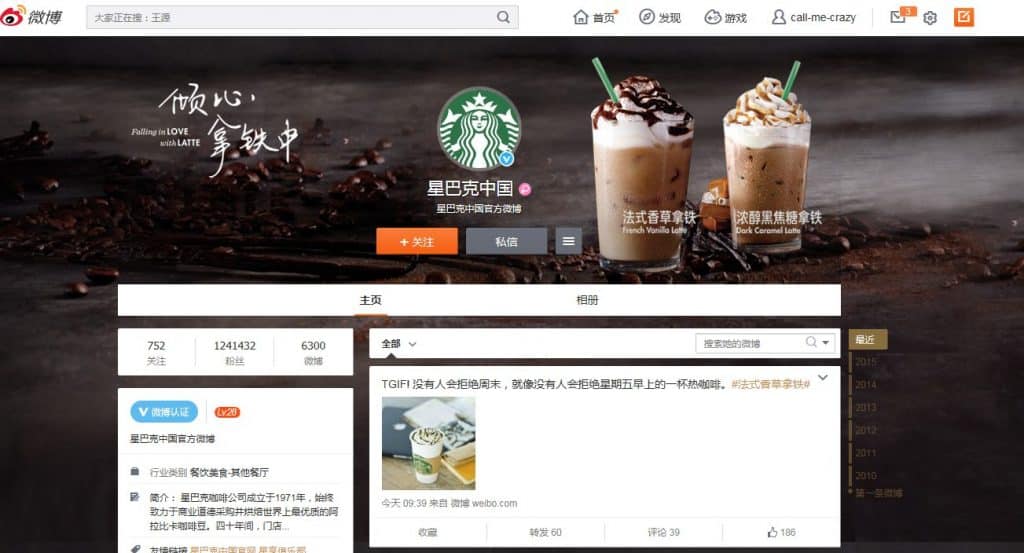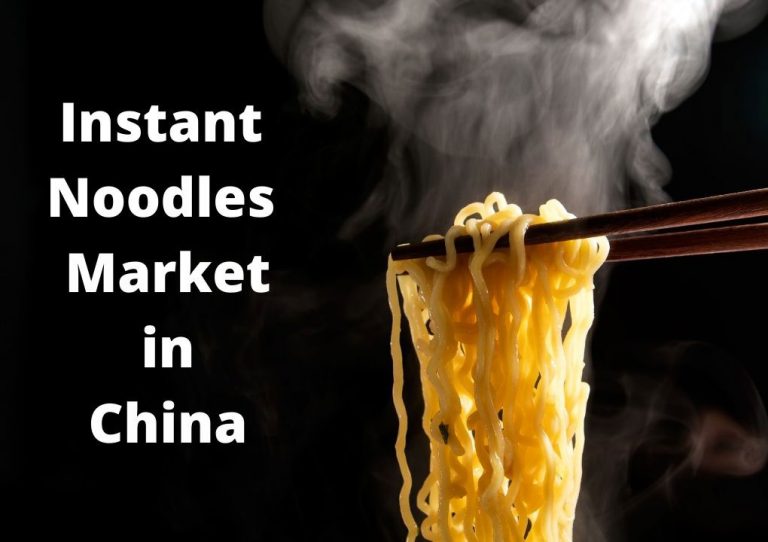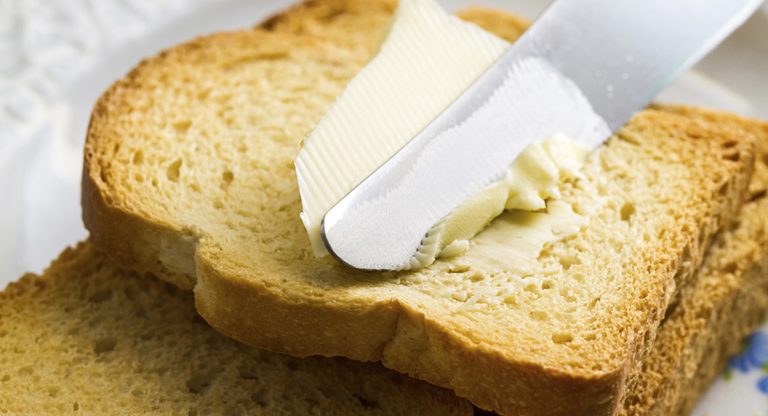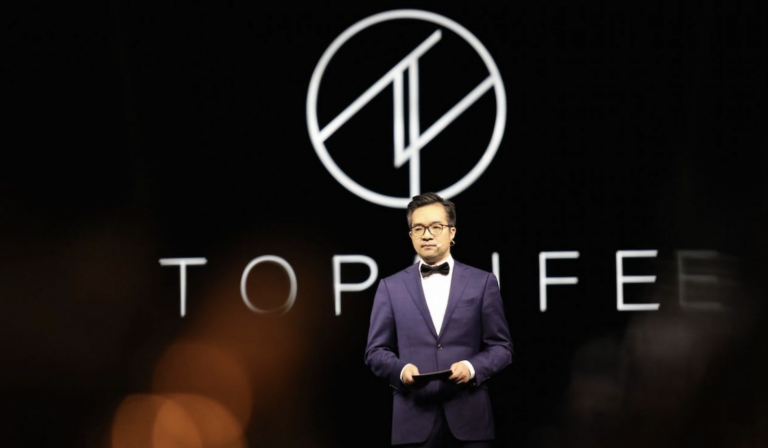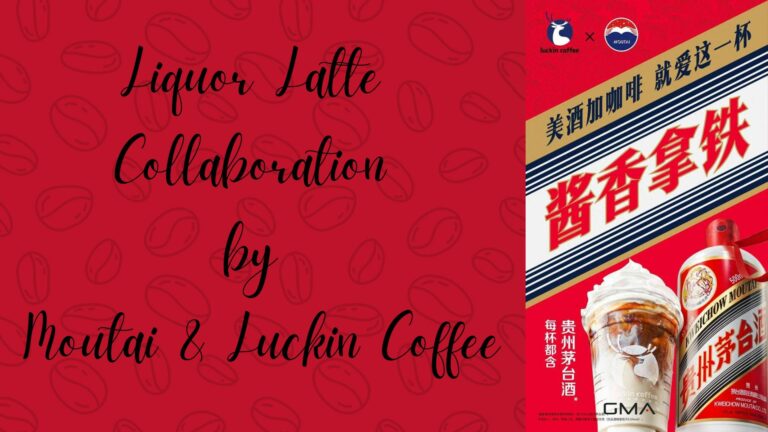The Chinese taste for Coffee evolved over the years. The Chinese are not typically lovers of coffee, especially not of fresh roasted or specialty coffee, and certainly not as a morning habit. Of the coffee purchased in China’s grocery stores, 98 percent is instant, with the most popular kind being the three-in-one.
China Produces its own coffee
The coffee farm is old with more than a century, started when a French missionary to the southern province of Yunnan introduced the crop in the late 1800s, and the industry is now rapidly expanding along with national consumption. The International Coffee Organization estimates China now grows more beans than Kenya and Tanzania combined.
Read also
https://ecommercechinaagency.com/coffee-market-in-china-opportunities-are-online/
But the production, culture, and business of coffee in China are far from being a cohesive subject. The beans grown in Yunnan are all Arabic and of middling quality: too good for local consumption, but not good enough for specialty roasters abroad. A large percentage is exported to Germany. Most of what the Chinese drink is imported from Vietnam (the world’s biggest robusta producer), just over the border from Yunnan Province.
After the first Starbucks outside the US opened in Tokyo in 1996, Communist China was just a few rounds of international expansion behind, with a store in Beijing in 1999. The corporate giant, alternately reviled and revered by coffee drinkers around the world, is a sort of gauge for the status of coffee culture in any market, from national to the neighborhood.
They won’t go to places that don’t have at least a sprouting taste for craft coffee, but they are shy of pushing into markets with well-developed, independent coffee scenes (the very first Starbucks in Italy is being painstakingly planned to open next year).
Now, after seventeen years in China, Starbucks controls 60 percent of the cafe market, and about one and a half new Starbucks opened in the country every day.
International Coffee Organization’s trade
It’s plain to see how the growing taste for coffee in China over the past decade mirrors the same change in Japan in the 1960s and 1970s. Japan’s full embrace of coffee took several decades, but the islands are now the fourth-largest coffee consumer in the world. China trails in seventeenth place and is only so high on the list because of its population, with the average Chinese citizen drinking only five or six cups in a year. Imagine the demand when the figure reaches one cup a week, let alone a cup or two every morning.
While the vast majority of Chinese only drink instant coffee and only drink it at home, if at all, a specialty market is slowly taking hold and expanding the market for fresh, high-quality Arabic beans. The shops come in two distinct versions: the corporate and the local.
Starbucks is well known for specializing its shops to fit local tastes, which in China translates to eastern-style architecture for some of their stores, and local menu offerings like green tea cappuccinos and red bean scones. It’s a genius move for the bottom line, and undeniably endearing to the local market, where lots of Chinese people visiting coffee shops don’t want coffee at all. They want tea, sugary drinks, and, most of all, a place to socialize.
Still, rather sheepishly one afternoon, soon after moving to a new city in China, I visited my neighborhood’s newest coffee shop during its opening week.
Inside, the freshly textured, cool gray
walls and gray stone flooring matched the soupy, smoggy winter sky. Homey Christmas classics played at a just-right volume, despite it being early November. The young customers were comfortably spread out, peering into laptop and cell phone screens alone or in pairs, looking busy.
The flat white I ordered was nothing exceptional, but it was everything I had come to hope for from espresso in Asia. It tasted just like it would in any Starbucks, anywhere in the world. And that, sadly, is exactly where I was: any Starbucks, anywhere in the world. That the brand new store was in the massive, industrial city of Suzhou was a nearly irrelevant detail, despite the tweaked menu.
Starbucks plainly states on its website that it is “creating a coffee culture in a traditional tea-drinking society.”
The honesty of a statement about such contrived cultural change brings into focus the global effort that goes into drinking Starbucks in China: American branding, Italian espresso machines, Central American and African beans, Chinese baristas. It all seems like proof that globalization has won; China is Westernized. But the coffee culture in China doesn’t always mean cultural homogenization.
Read also
https://ecommercechinaagency.com/the-epic-guide-to-sell-in-china
https://ecommercechinaagency.com/jd-black-friday-food-make-up-sales-surge/
https://www.reuters.com/article/us-china-coffee-analysis-idUSKCN24M32O
https://daxueconsulting.com/coffee-shops-in-china-2/


